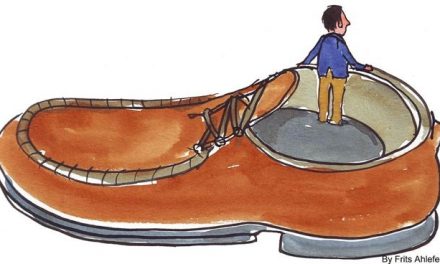
Being open to the pain of ourselves and others can be very challenging, but that’s really what we’re trying to on the Bodhisattva path. We start with a formless meditation practice, resting in the openness of our minds. We then practice opening and letting go before we engage tonglen practice.
By Daniel Scharpenburg
The first time I heard about tonglen practice I thought it sounded really weird.
I don’t connect with visualization type practices very well a lot of the time, so when I read that this was (sort of) a visualization practice I assumed it wouldn’t mean much to me. I was wrong.
Tonglen is called the practice of sending and taking. It’s a sitting meditation practice. You sit and visualize inhaling the suffering as a black smoke and exhaling a clear blue light. We are imagining that we are taking suffering into ourselves and transforming it into love and compassion. This helps us to both develop compassion for others and also to loosen our attachment to ourselves.
Someone once asked the Dalai Lama if tonglen practice really works; if it really helps others and lessens their suffering. “It doesn’t matter,” he responded, “it works to transform you.”
That’s how I feel about it.
Tonglen is a practice that is used to cultivate compassion. It has two main intents behind it:
1) To train ourselves to be more open-hearted by training our hearts to go toward difficulty and pain instead of away from those feelings.
2) To realize that our suffering and the suffering of others is really the same.
Being open to the pain of ourselves and others can be very challenging, but that’s really what we’re trying to on the Bodhisattva path. We start with a formless meditation practice, resting in the openness of our minds. We then practice opening and letting go before we engage tonglen practice.
Next, we breathe in, imagining that we are inhaling our suffering and pain as a black smoke. We don’t try to hide from our suffering or try to avoid it, we choose to bravely face it instead. This is receiving. Then we breathe out and visualize that pain transforming into peace—a clear light. This is releasing.
We start this practice with ourselves, but after a while we extend toward others. We do tonglen for the suffering of someone we like, and then little later we do tonglen for someone we don’t like. Ultimately we want to extend our practice to include all beings; no one gets left out.
We set our intention to transform the suffering and pain of all beings.
That is tonglen practice.
Photo: (source)
Editor: Dana Gornall
Were you inspired by this post? You might also like:
Comments
- Review of The Power of Mind: A Tibetan Monk’s Guide to Finding Freedom in Every Challenge {Book Review} - August 23, 2022
- The Path to Peace: A Buddhist Guide to Cultivating Loving Kindness by Ayya Khema {Book Review} - July 21, 2022
- That is Not Your Mind! Zen Reflections on the Surangama Sutra {Book Review} - July 16, 2022




